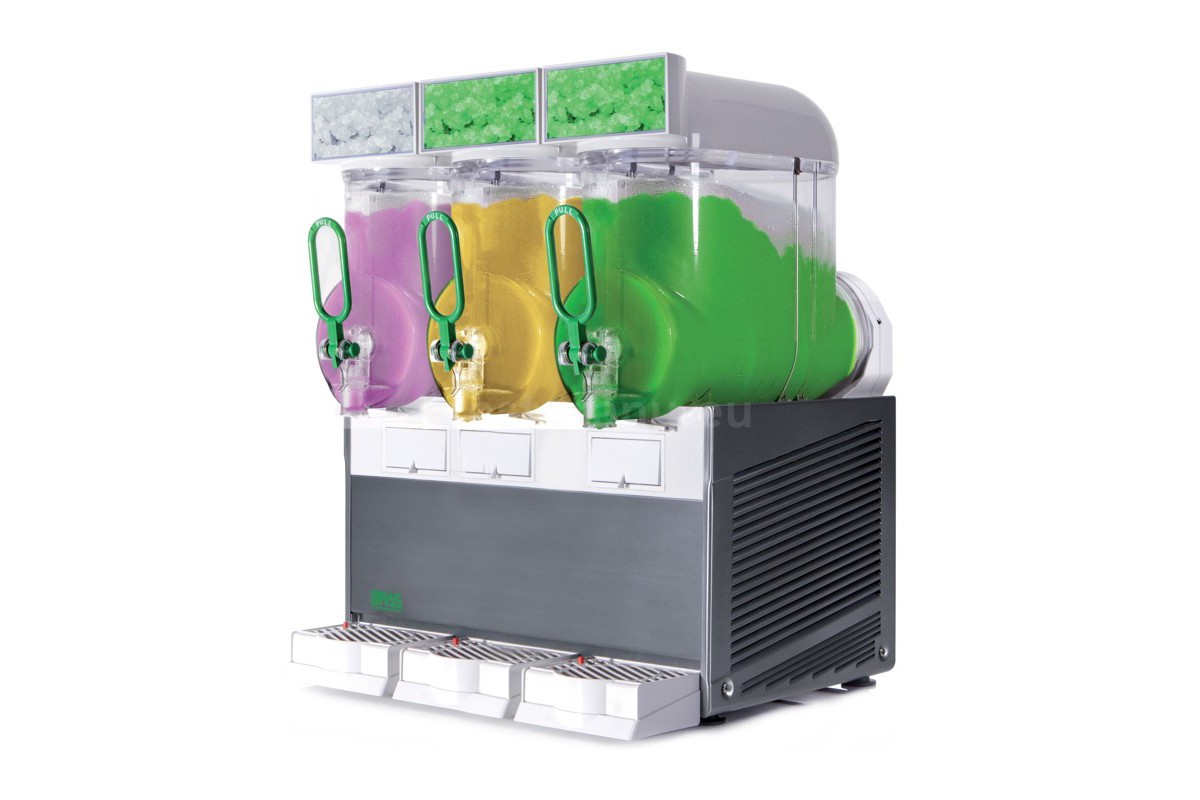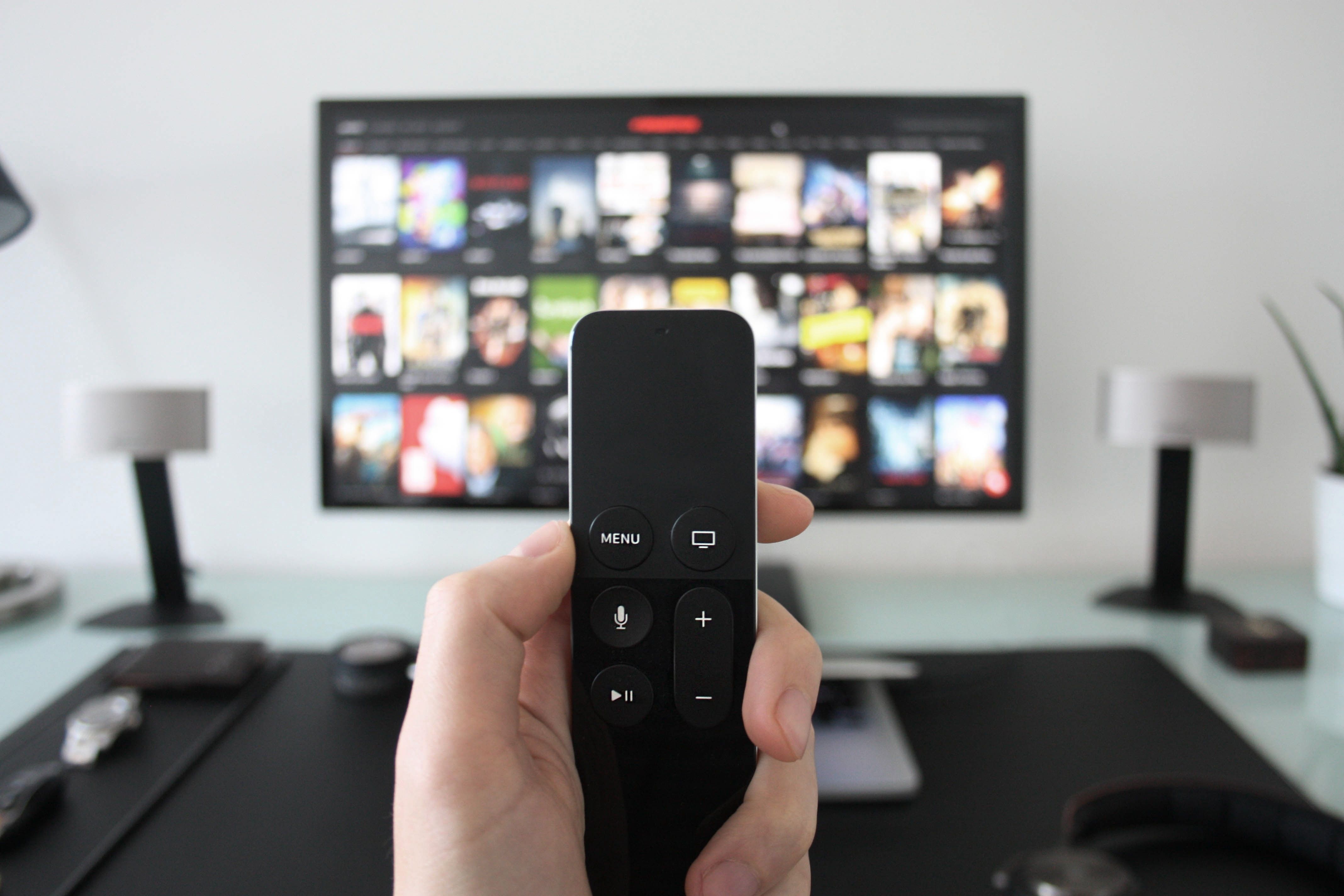Xiaomi Mi 8 Pro smartphone - advantages and disadvantages
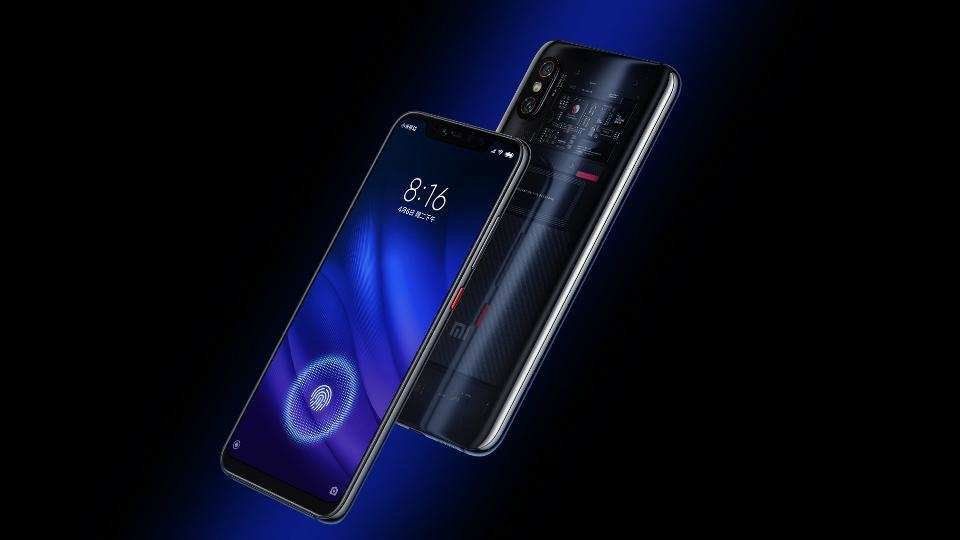
Xiaomi in the fall of 2018 presented two new items at once - Mi 8 Pro and Mi 8 Lite... Smartphones vary enormously in both performance and price. This review is about the flagship Xiaomi Mi 8 Pro models.
If you look closely at the novelty, it turns out that it is not such a novelty. Mi 8 Pro is very similar to the Mi 8 Explorer Edition released in May 2018, but there are still some differences between these models. In addition, the Explorer Edition is marketed as a version for the Chinese market and the Pro as an international model.
Equipment
The smartphone comes in a stylish black box with a large number 8. Opening the box, in addition to the phone, we can see:
- a charger that supports fast charging of the fourth generation;
- USB Type-C cable;
- adapter from Type-C to 3.5 mm audio output;
- silicone transparent case;
- a device with which you can remove the SIM card;
- user's manual;
- warranty card.
Appearance
Xiaomi has developed an original design for its flagship. First of all, the transparent back cover of the smartphone is striking. Very impressive! In this regard, the fingerprint scanner has been moved to the screen. The dual rear camera and the Xiaomi logo remain in place.
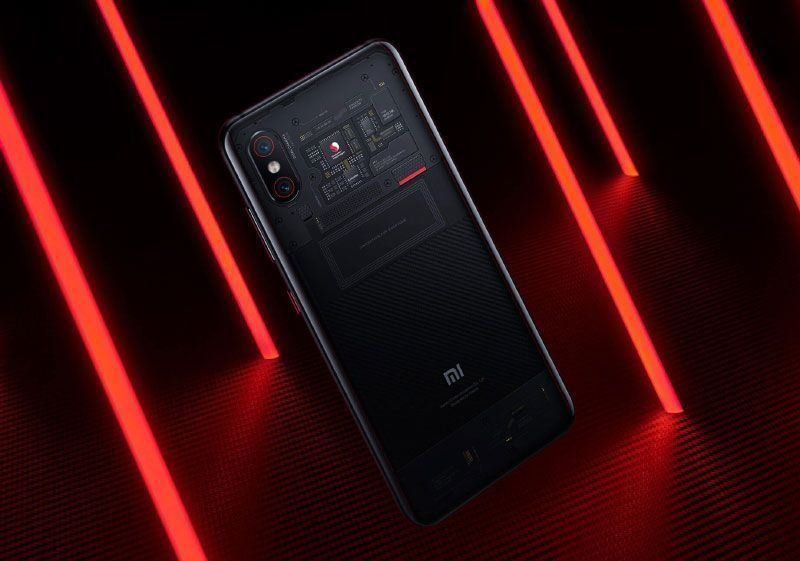
The fingerprint sensor is different from the one used in the Explorer Edition. It is faster and more accurate. According to the manufacturer, the speed has increased by 29% and the accuracy has increased by 9%. The scanner used in the Explorer Edition has a significant drawback - it is always on. This reduces the battery life in standby mode. The new scanner recognizes pressing and turns on only when a finger is applied in the detection area. After scanning, the sensor turns off and does not consume power when not in use.

On the back panel there is only a photomodule, which in appearance and location is very similar to that of the iPhone X. The smartphone has a frameless design. At the top is a large monobrow that houses the front camera and numerous sensors.

In addition to the classic black case with a transparent back cover, which was first used in the Mi 8 Explorer Edition, the new model uses two more color options called Twilight Gold and Dream Blue. Both variants have a gradient color: golden color turns into fiery, and blue - into lilac. Looks great! So, for those who don't like to contemplate the insides of the phone, there is now a great alternative (even two alternatives).
The Pro model has become slightly larger than the classic "eight", its dimensions - 154.9 x 74.8 x 7.6 mm, and, accordingly, a little heavier - 177 g.

Specifications
We list the main technical characteristics of Xiaomi Mi 8 Pro
| Parameters | Specifications |
|---|---|
| Screen | Diagonal 6.21 " |
| FULL HD + resolution 2248 x 1080 | |
| Super AMOLED matrix | |
| Pixel density 402 ppi | |
| Screen area 84% | |
| Aspect ratio 18.7: 9 | |
| Protection - Corning Gorilla Glass 5 | |
| SIM card | Dual Nano-SIM |
| Memory | Operational 6/8 GB 1866 MHz |
| External 128 GB | |
| CPU | Qualcomm Snapdragon 845 |
| Frequency 2.8 GHz | |
| Kernels 8 pcs. | |
| Qualcomm Adreno 630 video processor | |
| operating system | Android 8.1 Oreo + MIUI 10 |
| Communication standards | GSM 900/1800/1900, 3G, 4G LTE |
| Cameras | Main camera 12 MP, 1 / 2.55 ″ + 12 MP, 1 / 3.4 ″ 2x optical zoom |
| Flash LED | |
| Autofocus is | |
| Camera aperture f / 1.8 + f / 2.4 | |
| Front camera 20 MP | |
| Front camera aperture f / 2.0 | |
| Battery | Capacity 3000mAh |
| Fast charging is | |
| Lithium polymer battery, stationary | |
| Wireless technology | Wi-Fi 802.11 a / b / g / n / ac |
| Bluetooth 5.0 | |
| NFC | |
| Navigation | Dual GPS |
| Sensors | The fingerprint scanner |
| Accelerometer | |
| Gyroscope | |
| Hall Sensor | |
| Barometer | |
| Compass | |
| Proximity sensor | |
| Light sensor | |
| Connectors | USB Type-C |
| No 3.5 mm headphone jack | |
| Dimensions | 154.9 x 74.8 x 7.6 mm |
| Weight | 177 g |
Screen
The smartphone has a 6.2-inch Amoled display from Samsung with a resolution of 2248 x 1080 pixels. The aspect ratio is 18.7: 9. The screen is very bright and the viewing angles are good. When tilted, the screen does not go into blue or other colors. Everything can be seen perfectly in the sun. The color rendition is very juicy. The display is great for watching videos, taking photos and playing games, it is pleasant to surf the Internet on it.
At the top of the screen, like all the best manufacturers, Xiaomi has placed a monobrow. Many people dislike it, but usually users get used to it quickly. It can be completely disabled in the screen settings. There you can also adjust colors and contrast.

operating system
Mi 8 Pro runs on Android 8.1 along with the long-awaited MIUI 10 shell. One of the novelties here is an algorithm for predicting the actions of the owner of the phone. The smartphone preloads applications that, according to its forecast, the user will launch. This increases system performance. In addition, the notification panel, gesture sets, ringtones and sounds have been updated.
The shell is pleasant to use and has a user-friendly interface. I am glad that Xiaomi is constantly optimizing and updating the system.

Performance
The smartphone is equipped with Qualcomm Snapdragon 845. It has 8 cores, 4 work at 2.8 GHz, and another 4 at 1.8 GHz. And this is not just a smart, but a super powerful processor. Mi 8 has excellent performance in the interface, in applications, and in games. Does not slow down, does not heat up, does not glitch. Everything is just perfect. The device is great for active games. For example, in PUBG or Battlefield games the frame rate will be around 50. It's hard to imagine a scenario in which the Mi 8 Pro stumbles in performance. There is no strong heating of the phone, even if you play continuously for more than an hour. And no throttling.
The minimum configuration comes with 6GB of RAM. The older version already has 8 GB installed. Permanent memory 128 GB. There is no 6/64 option like the Mi 8. The memory is also fast, running at 1,866 MHz.
The test results are very impressive. This is one of the fastest phones at the moment.
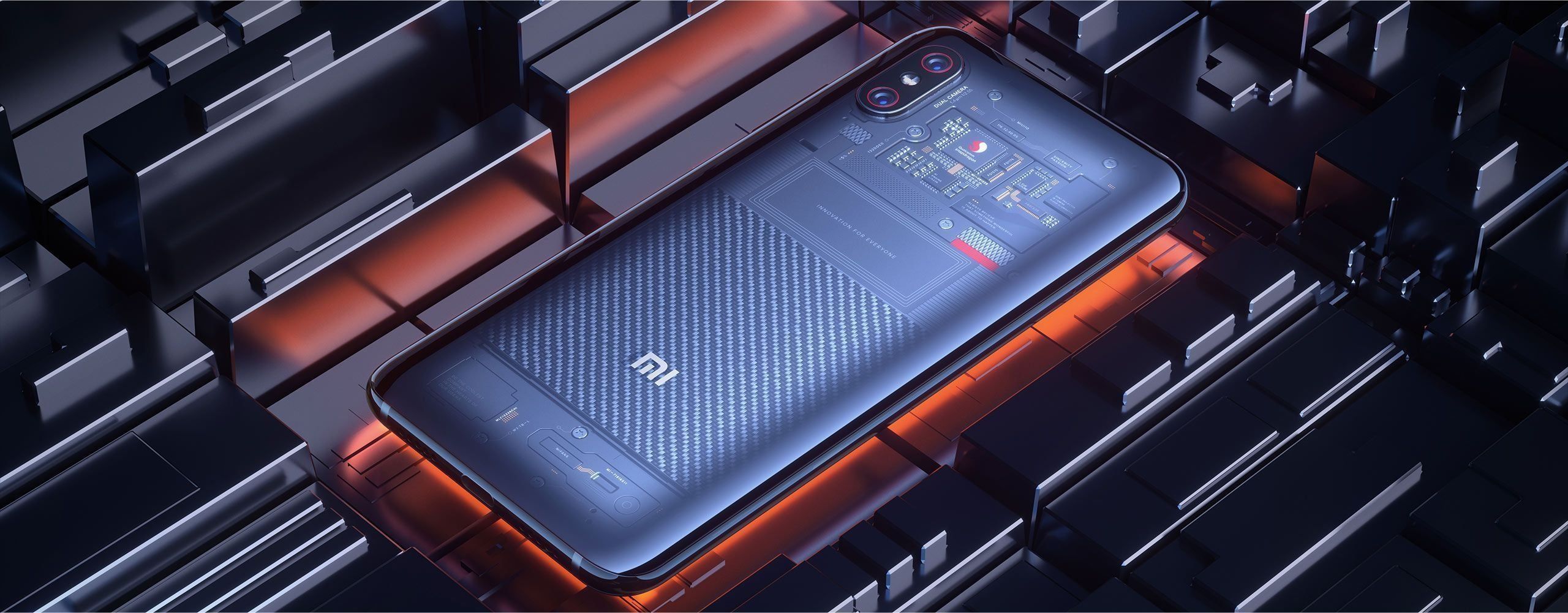
Autonomy
The Mi 8 Pro has a 3000 mAh battery. The battery lasts for about 4 and a half hours of screen operation, about 7 hours of video playback at maximum brightness in FULL HD format and 4 hours of games. Without charging, you can work for 1-2 days, depending on the load. These are pretty average figures.
The charger supports Quick Charge 4.0 and the charging is very fast.
Cameras
The cameras on the smartphone are very good. These are real flagship cameras.

Main camera
Mi 8 has two 12 MP modules. Used sensor Sony IMX 363 and S5K3M3. Aperture 1.8 and 2.4, respectively. There is 2x optical zoom, 4-axis optical stabilization, two-phase autofocus and hardware multi-frame noise reduction. Photos are bright, saturated, contrasting. Low noise even in low light. The camera has the correct white balance. Focusing is very fast and accurate. Sharpness is excellent.
The camera has manual settings, but the advantage of a smartphone is the automation of all processes. Artificial intelligence works great. In most cases, the camera takes care of everything. It accurately identifies objects in the frame, beautifully draws colors, sometimes over-embellishing the picture. Blurring the background works well.
The portrait mode has a studio light function.This option allows you to do post-processing of the photo right in your phone, choosing interesting effects. You can also play around with the blur settings already on the finished photo.
If you find fault with it, then you can find small flaws. In portrait mode, the camera is good at recognizing people, but when you shoot objects, it often does not correctly detect their contours. Sometimes small details are lost, sometimes autofocus works poorly, but this is rare. Occasionally, a subtle colored border appears around objects.
The phone can shoot 4K video up to 30 frames per second. And he knows how well, including thanks to stabilization. Autofocus is accurate and very fast. The noise level is low, but sometimes there is a slight loss of detail.
Selfie camera
Selfie camera 20 MP with f / 2.0 aperture. The front camera also takes great pictures. And the bokeh effect works even better than on the main camera. In low light, the result is good, but if everything is in order with the light, then the result is simply wonderful.
Sample photos


Wireless interfaces
Mi 8 Pro has an NFC module, but unfortunately, no wireless charging. A dual GPS antenna is installed here, which gives increased positioning accuracy, especially in urban conditions, when the signal is reflected from buildings. Supports Bluetooth 5.0, Dual Band Wi-Fi, Dual Sim. No radio.
Comparison with other popular models
Let's compare popular models that have similar characteristics and functionality. This will help determine which device is better. So, let's see who will lead the rating of high-quality smartphones.
Comparison with Huawei P20 Pro
Both smartphones are similar in size and screen size. Fashionable materials are used in the production - glass and metal. Amoled screens are also very similar and good, but the P20 has a much smaller monobrow, which allows more information to be placed at the top of the screen.
The cameras on the P20 Pro are better. There are as many as three main cameras 40 Mp + 20 Mp + 8 Mp. The second camera is monochrome and provides a wider dynamic range. The third camera has 3x optical zoom versus 2x for the Mi 8 Pro. In the daytime, the difference between the photos is almost imperceptible. Only if you use the magnification, the P20 Pro wins a little. Even inexpensive phones have now learned to shoot well during the day. What matters is how the smartphone takes pictures at night. But when shooting in low light conditions, the difference is already big. The P20 has a clear advantage. The pictures are much better quality and more detailed, and the colors are closer to natural. The P20 Pro has the best camera for night photography on a smartphone right now.
The performance is significantly better on the Mi 8. The Snapdragon 845 outperforms Hisilicon Kirin 970, which powers the P20 Pro.
The P20 Pro has a 4000 mAh battery versus Xiaomi's only 3000 mAh. Accordingly, Huawei's autonomy is higher.
The average price of the P20 Pro is now about 15,000 rubles higher than the price of the Mi 8 Pro. And this is a significant difference, which may well compensate for the difference in camera quality.
Xiaomi Mi 8 Pro advantages:
- better performance;
- better implemented face unlocking;
- lower price.
Benefits of Huawei P20 Pro:
- small monobrow;
- better cameras;
- better autonomy.
What is the best model to buy? The selection criteria here are simple. If you want a great camera, then you can safely go for the P20 Pro. If it's not that important, then the Mi 8 Pro wins, especially for the price. These are, of course, not budget models, but you also need to pay attention to how much a smartphone costs.
Comparison with OnePlus 6
The Mi 8 Pro and OnePlus 6 have the same chipset and similar Amoled displays. OnePlus has a smaller monobrow, but Xiaomi has an IR illumination there, which allows you to unlock the screen even in complete darkness, while OnePlus does not. The appearance of the Mi 8 Pro is more interesting.
OnePlus has dust and moisture protection, as well as a slot for additional memory. All this is missing in the Mi 8. The autonomy, despite the slightly higher battery capacity of the OnePlus, is about the same.
Cameras shoot equally well during the day. If we look at how the OnePlus rear camera takes pictures at night, then it's just bad compared to the Mi 8. The front camera is also better from Xiaomi.
The sound from the speaker of the Mi 8 is better than that of the OnePlus 6. Maybe this is due to the additional protection of the latter. Headphone sound is equally good for both devices.
Xiaomi Mi 8 Pro advantages:
- stylish design;
- better cameras;
- better implemented face unlocking;
- better external speaker.
OnePlus 6 advantages:
- small monobrow;
- the ability to install additional memory;
- splash and dust proof;
- the presence of a 3.5 mm jack.
How to choose from these models? Everything is more complicated here. Smartphones are similar. Model popularity can be influenced by brand loyalty. Someone loves BBK models, someone buys Xiaomi. Here we can definitely say that the design of Mi 8 Pro is more interesting and diverse.
Summary: advantages and disadvantages of Xiaomi Mi 8 Pro
- original design;
- gorgeous Super Amoled screen;
- great camera;
- availability of NFC;
- dual frequency GPS;
- quick face unlock.
- no slot for memory expansion;
- no protection against dust and moisture;
- no stereo speakers.
The Xiaomi Mi 8 Pro smartphone has not yet officially entered our market. Therefore, where it is profitable to buy the device is unknown, except how to try on AliExpress. The reviews on the results of various tests are good. In addition, many users have good experience with a conventional G8. So, this model can be safely recommended to those who are looking for a stylish and reliable phone with excellent performance, a good screen and a camera.
new entries
Categories
Useful
Popular articles
-

Top rating of the best and inexpensive scooters up to 50 cubic meters in 2024
Views: 97661 -

Rating of the best materials for noise insulation for an apartment in 2024
Views: 95022 -

Rating of cheap analogues of expensive medicines for flu and colds for 2024
Views: 91750 -

The best men's running shoes in 2024
Views: 87680 -

Top ranking of the best smartwatches 2024 - price-quality
Views: 85091 -

Best Complex Vitamins in 2024
Views: 84801 -

The best dye for gray hair - 2024 top ranking
Views: 82406 -

Rating of the best wood paints for interior use in 2024
Views: 77202 -

Ranking of the best action cameras from China in 2024
Views: 75269 -

Rating of the best spinning reels in 2024
Views: 74827 -

The most effective calcium supplements for adults and children in 2024
Views: 72462 -

Top rating of the best means for male potency in 2024 with a description
Views: 68296


